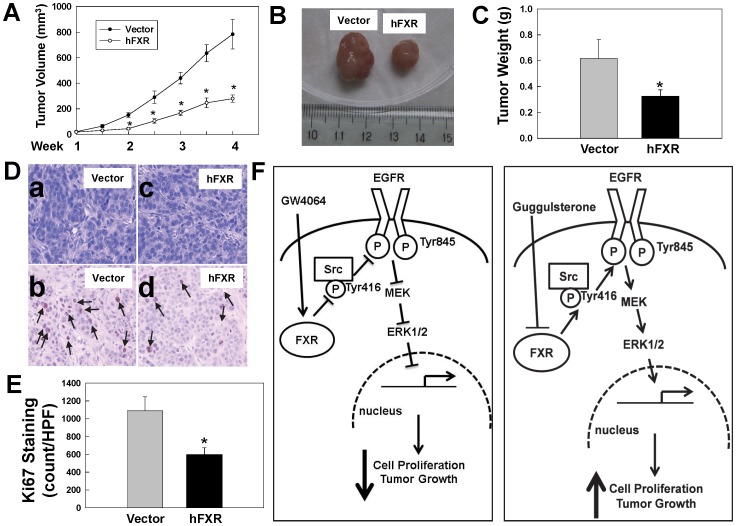Figure 8. FXR overexpression attenuates growth of HT29 human colon cancer cell xenografts.
A. Reduced volume of hFXR-derived tumors compared with vector-derived tumors. B. Representative photos of xenografts from HT-29 cells transfected with vector alone (left) or vector containing hFXR (right). C. Reduced weight of hFXR-derived tumors compared with vector-derived tumors. D. Representative H&E- (upper panels) and Ki67-stained (lower panels) microscopic images of xenografts. Arrows, representative Ki67-stained nuclei. E. Reduced Ki67 immunostaining in hFXR-derived tumors compared with vector-derived tumors. Quantification of Ki-67 was performed as described in Materials and Methods. Values represent mean ± SD. *p<0.01 vs. vector-derived xenograft. F. Model depicting proposed mechanisms underlying FXR-mediated, Src-dependent activation of EGFR signaling in colon epithelial cells. Binding of FXR by an agonist (left panel), e.g. GW4064, results in de-phosphorylation of Src (Tyr416). Reduced Src activity results in attenuated EGFR (Tyr485) phosphorylation and downstream ERK1/2 signaling, thereby attenuating cell proliferation. In contrast, binding of FXR by an antagonist (right panel), e.g. guggulsterone, increases phosphorylation of Src (Tyr416). Activated Src phosphorylates EGFR (Tyr845) leading to activated post-EGFR signaling, including activation of ERK1/2, which promotes cell proliferation.

